Venues
CIS Guanabara | Armazém 1
O Centro Cultural Unicamp, CIS-GUANABARA como é conhecido, é um órgão vinculado à Pró-Reitoria de Extensão e Cultura e está sediado no complexo da antiga Estação Guanabara, pertencente a extinta Companhia Mogiana de Estradas de Ferro. Localizado na região central, está instalado em dois imóveis construídos no final do séc. XIX, considerados ícones do patrimônio histórico, arquitetônico e cultural de Campinas em 2004, e recuperados por meio de parceria público-privada em 2007. Realiza importante papel na formação dos seus cidadãos proporcionando o desenvolvimento de projetos e ações nas mais variadas vertentes da arte, cultura e cidadania, reafirmando seu compromisso sociocultural na direção de criar, promover e consolidar-se como um espaço de ofertas públicas de bens e serviços culturais vinculados à promoção da causa da emancipação humana, preceito fundamental da sua criação.
Rua Mário Siqueira, 829 - Botafogo
MIS - Museu da Imagem e do Som de Campinas

Rua Regente Feijó, 859 - Centro
Sesc Campinas | Mezanino do Galpão

A reference in physical, sports, and cultural activities, Sesc started operating in Campinas in 1948. The headquarters, one of the first created in the countryside of the state of São Paulo, has a modern building that houses sports courts, swimming pools and one of the few theaters in the city. At first, the place offered more general welfare services, but over time, a new conception of social work was created and developed. Based on the concept of non-formal education through physical, sports, artistic, and leisure activities, the new notion of welfare became a model in Brazil and other countries. In 1998, the building underwent a renovation that completely changed it, and in 2001 the unit was reopened. In 2006, the warehouses were purchased, which were renovated and reopened in 2011.
Sesc Campinas | Sala de Múltiplo Uso 2

A reference in physical, sports, and cultural activities, Sesc started operating in Campinas in 1948. The headquarters, one of the first created in the countryside of the state of São Paulo, has a modern building that houses sports courts, swimming pools and one of the few theaters in the city. At first, the place offered more general welfare services, but over time, a new conception of social work was created and developed. Based on the concept of non-formal education through physical, sports, artistic, and leisure activities, the new notion of welfare became a model in Brazil and other countries. In 1998, the building underwent a renovation that completely changed it, and in 2001 the unit was reopened. In 2006, the warehouses were purchased, which were renovated and reopened in 2011.
Rua Dom José I, 270/333 - Bonfim
Sesc Campinas | Espaço Arena
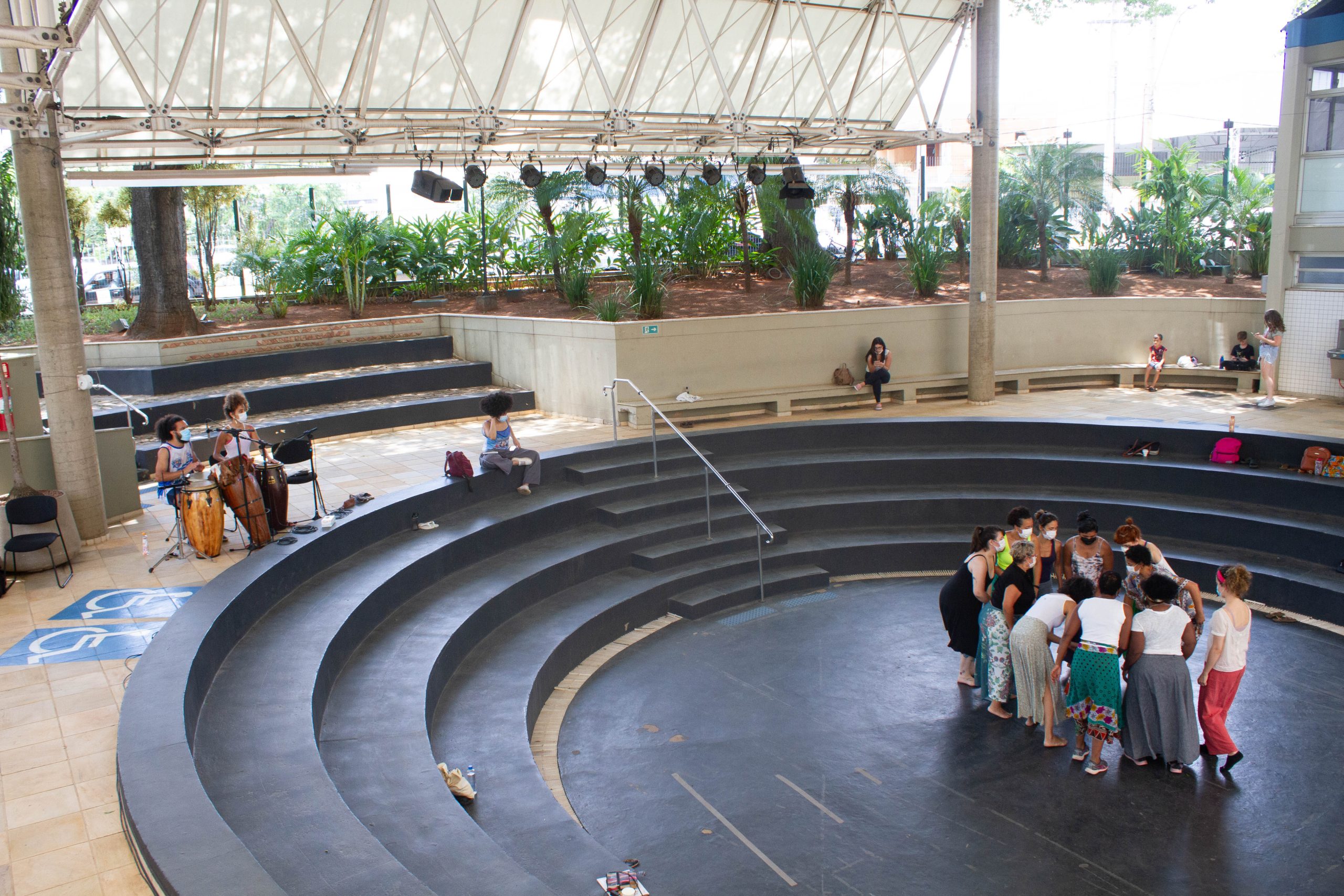
A reference in physical, sports, and cultural activities, Sesc started operating in Campinas in 1948. The headquarters, one of the first created in the countryside of the state of São Paulo, has a modern building that houses sports courts, swimming pools and one of the few theaters in the city. At first, the place offered more general welfare services, but over time, a new conception of social work was created and developed. Based on the concept of non-formal education through physical, sports, artistic, and leisure activities, the new notion of welfare became a model in Brazil and other countries. In 1998, the building underwent a renovation that completely changed it, and in 2001 the unit was reopened. In 2006, the warehouses were purchased, which were renovated and reopened in 2011.
Rua Dom José I, 270/333 - Bonfim
Casa de Cultura Fazenda Roseira
Rua Domingos Haddad, 1 - Residencial Parque da Fazenda
Monumento à Mãe Preta / Igreja São Benedito
Rua Cônego Cipião, 772 - Centro
Rodoviária (Terminal Multimodal Ramos de Azevedo)
Rua Pereira Lima, 85 - Vila Industrial
Praça Bento Quirino
A meeting site for the youth of Campinas, the most popular square of the city is lively and hosts fairs of handicrafts and food products, as well as large screens and stages for cultural activities. The first mass in Campinas was held there in 1774. The ground zero of the city is represented by a small commemorative plaque in the center of the square, also known as Largo do Carmo because it contains the Basilica of Our Lady of Mount Carmel.
Rua Barão de Jaguara, próximo ao nº 1.373
Praça Rui Barbosa
Rua 13 de maio, s/nº - próximo ao nº 577 - Centro
Senac Campinas
Founded in 1947, the unit of the Serviço Nacional de Aprendizagem Comercial (Senac) in Campinas was one of the first incursions of Senac São Paulo through the interior, after Santos and Ribeirão Preto. The choice for the city was due to its commercial vocation, its accelerated development, and its accentuated population concentration, maintaining this growth and dynamics nowadays. The main building was designed by the renowned architect Paulo Mendes da Rocha and it was inaugurated in 1975. In 2002, at the same address, Senac expanded, with the second building designed by the architect Ricardo Chahin. Nowadays, Senac’s infrastructure has common areas, a library, an auditorium, 27 classrooms and 23 laboratories structured with state-of-the-art equipment: 52 spaces dedicated to technical education, technical specialization, professional qualification and workshops, which promote professional updating by connecting students to the world of work and offering solutions for companies.
Rua Sacramento, 490 - Centro
Sesc Campinas | Área de Convivência

A reference in physical, sports, and cultural activities, Sesc started operating in Campinas in 1948. The headquarters, one of the first created in the countryside of the state of São Paulo, has a modern building that houses sports courts, swimming pools and one of the few theaters in the city. At first, the place offered more general welfare services, but over time, a new conception of social work was created and developed. Based on the concept of non-formal education through physical, sports, artistic, and leisure activities, the new notion of welfare became a model in Brazil and other countries. In 1998, the building underwent a renovation that completely changed it, and in 2001 the unit was reopened. In 2006, the warehouses were purchased, which were renovated and reopened in 2011.
Rua Dom José I, 270/333 - Bonfim
Largo das Andorinhas | Travessa São Vicente de Paula
One of the symbols of the city, the bird baptizes this charming central space where, in 1974, the city’s bicentennial monument was installed. Adjacent to the square is the Travessa São Vicente de Paula, formerly known as Alley of Hell, an old sanitary alley from the early days of the urbanization of Campinas and which nowadays concentrates Afro hairdressers.
Avenida Anchieta, s/nº - Centro
CIS Guanabara | Gare
Rua Mário Siqueira, 829 - Botafogo
Sala dos Toninhos - Estação Cultura
The Sala dos Toninhos is a space that instigates producers and artists to consolidate, with their practices and knowledge, a cultural flow in which artistic diffusion, training, and cultural pedagogies, memory, oral tradition, research, communication, digital culture and integrated arts give form, visibility and preserve the narratives of the independent cultural circuits covered by the Usina/Sala dos Toninhos Network. The proposal is to focus on the local and global imaginary and bring to light public policies as promoters of transformation of the individual and society. The Usina Geradora de Cultura network is made up of artistic collectives, points of culture and independent artists. Since 2013, it has been working with theater, heritage preservation, cultural management, free media, popular and traditional culture, experimental cinema, film clubs, photography, music, street and peripheral culture, LGBTQIAPN+ culture and visual arts. The Network – a consolidated model of collaborative management and production, development of community network policies – carries out, autonomously, the management of the multicultural space Sala dos Toninhos, a point of culture located in the Campinas Culture Station. The Usina Geradora de Cultura Network is political but non-partisan and without religious ideology; cares for, produces and promotes its agenda and autonomy. Awarded by the Ministry of Culture as a reference of Local Cultural Network, in the public selection notice nº 03/2015.
Rua Francisco Teodoro, 1.050 - Vila Industrial
Estação Cultura
Estação Cultura, Estação Fepasa ou Estação Central são os diversos nomes desta antiga estação ferroviária de Campinas, inaugurada em 1872 e hoje denominada Estação Cultura “Prefeito Antonio da Costa Santos”. Símbolo da cidade, sua construção, realizada por intermédio da Cia. Paulista de Estradas de Ferro, marca o início do desenvolvimento ferroviário do país. Ainda no século XIX, passou por diversas reformas e reparações. Atualmente é um espaço cultural plural, que recebe feiras, exposições, shows e eventos dos mais diversos.
Praça Marechal Floriano Peixoto, s/nº - Centro
Teatro Castro Mendes
An important public cultural facility in Campinas, the theater operates in the building of the old cinema of the Industrial Village, the Cine Casablanca, which once housed radio programs. Re-inaugurated in December 2012, it has hosted national and foreign events, such as theater shows, operas and choreographies of renowned ballet companies. Its Italian stage structure holds 760 people in the audience. The theater is named after the illustrious Campinas native, artist, historian and musician Zék, José de Castro Mendes (1901 – 1970).
Rua Conselheiro Gomide, 62 - Vila Industrial
Unicamp | Casa do Lago
ounded in 1966, the State University of Campinas has established as one of the most prestigious educational institutions in Brazil, accounting for 15% of the country’s academic research. Its student policy is independent, although subject to the State Government of São Paulo and to national and foreign educational institutions, which provide their primary financial resources. In the past, the space where the campus is located, named after its founder, Zeferino Vaz, was occupied by coffee plantations and sugarcane fields. The structure has areas such as Casa do Lago, a body of the Directorate of Culture, which is part of the Dean’s Office of Extension and Culture of the university. Its mission is to encourage artistic, cultural, and extension projects of the university community.
Avenida Érico Veríssimo, 1.011 - Cidade Universitária
Sesc Campinas | Ginásio
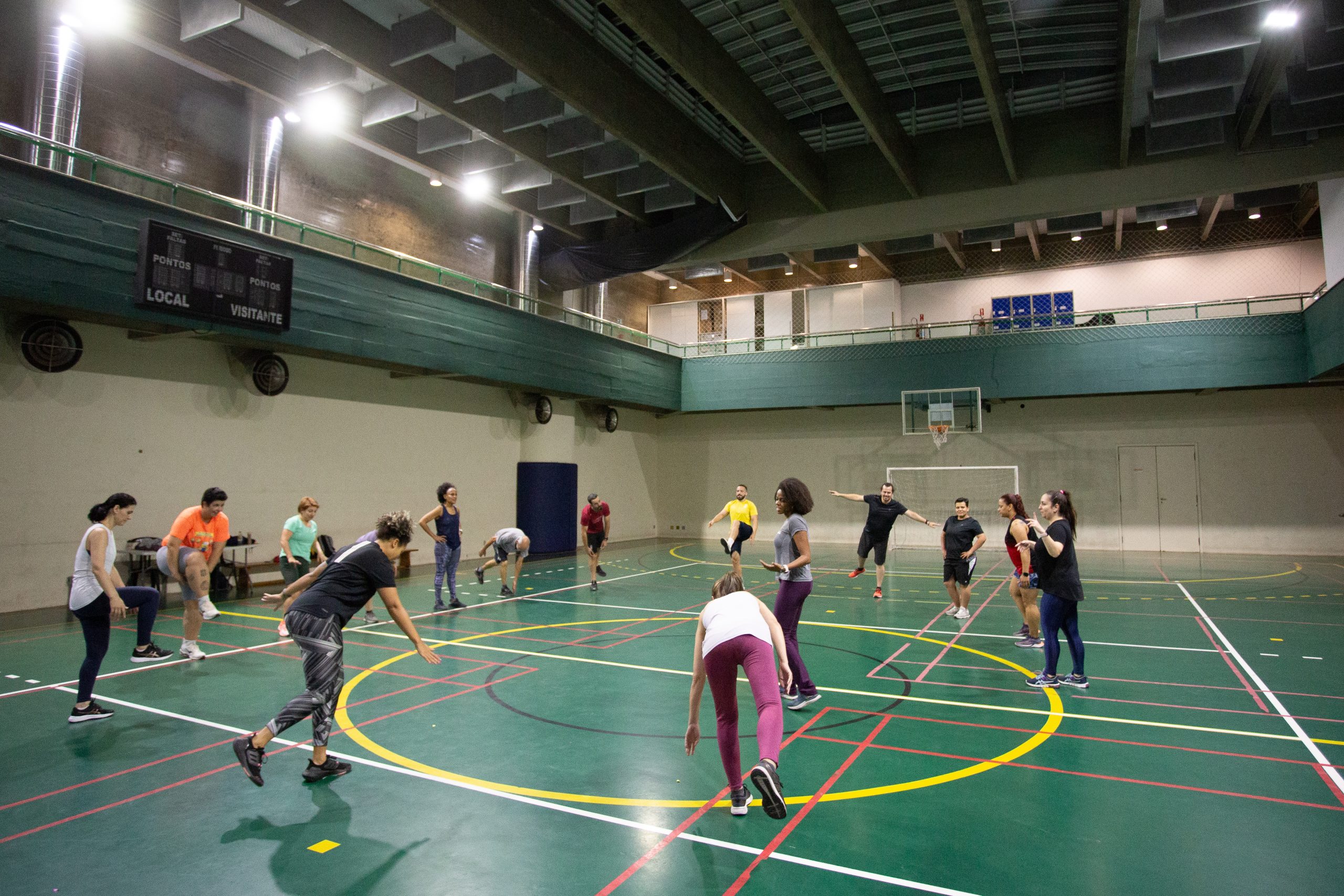
Cis Guanabara | Armazém 1
Rua Mário Siqueira, 829 - Botafogo
Sesc Campinas | Teatro
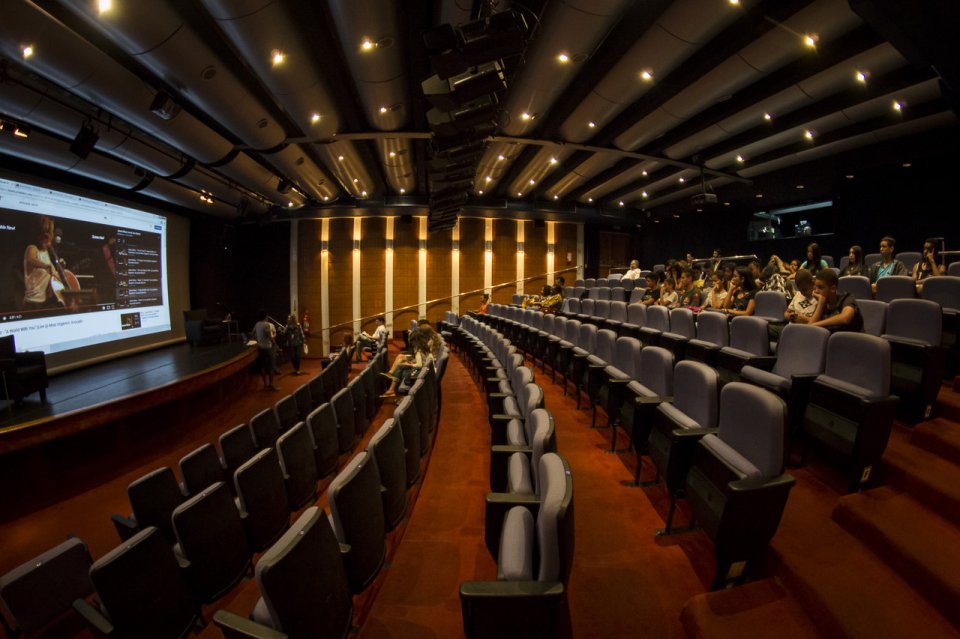
Referência em atividades físico-esportivas e culturais, o Sesc começou a atuar em Campinas em 1948. A sede, uma das primeiras criadas no interior de São Paulo, tem um prédio moderno que abriga quadras, piscinas e um dos poucos teatros da cidade. No começo, o local oferecia serviços de assistência social mais convencionais, mas, com o passar do tempo, uma nova concepção de trabalho social foi criada e desenvolvida. Baseada no conceito de educação não formal por meio de atividades físico-esportivas, artísticas e de lazer, a nova concepção de assistência social se tornou modelo no Brasil e em outros países. Em 1998, o prédio foi desocupado para uma reforma que o modificou por completo e, em 2001, a unidade foi reinaugurada. No ano de 2006, foram adquiridos os galpões, que foram reformados e reabertos em 2011.
Rua Dom José I, 270/333 - Bonfim
Sesc Campinas | Jardim do Galpão
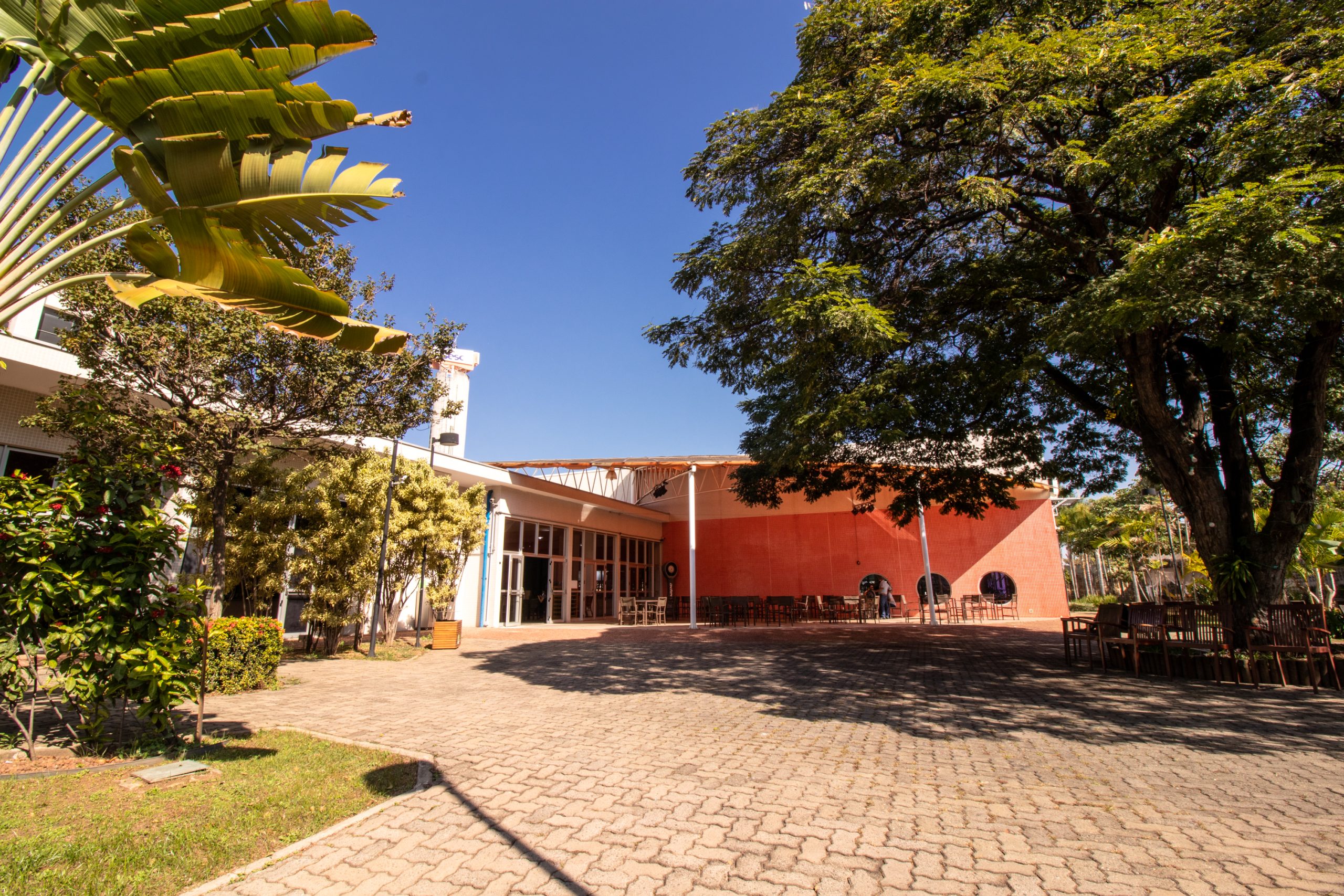
Referência em atividades físico-esportivas e culturais, o Sesc começou a atuar em Campinas em 1948. A sede, uma das primeiras criadas no interior de São Paulo, tem um prédio moderno que abriga quadras, piscinas e um dos poucos teatros da cidade. No começo, o local oferecia serviços de assistência social mais convencionais, mas, com o passar do tempo, uma nova concepção de trabalho social foi criada e desenvolvida. Baseada no conceito de educação não formal por meio de atividades físico-esportivas, artísticas e de lazer, a nova concepção de assistência social se tornou modelo no Brasil e em outros países. Em 1998, o prédio foi desocupado para uma reforma que o modificou por completo e, em 2001, a unidade foi reinaugurada. No ano de 2006, foram adquiridos os galpões, que foram reformados e reabertos em 2011.
Rua Dom José I, 270/333 - Bonfim
CIS Guanabara | Armazém 2
Rua Mário Siqueira, 829 - Botafogo
Sesc Campinas | Galpão
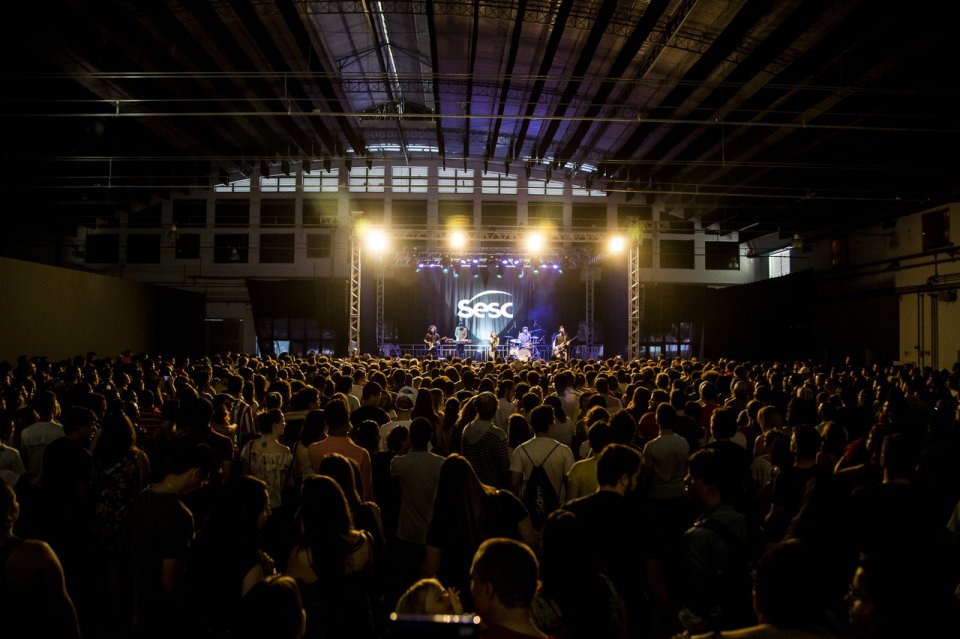
A reference in physical, sports, and cultural activities, Sesc started operating in Campinas in 1948. The headquarters, one of the first created in the countryside of the state of São Paulo, has a modern building that houses sports courts, swimming pools and one of the few theaters in the city. At first, the place offered more general welfare services, but over time, a new conception of social work was created and developed. Based on the concept of non-formal education through physical, sports, artistic, and leisure activities, the new notion of welfare became a model in Brazil and other countries. In 1998, the building underwent a renovation that completely changed it, and in 2001 the unit was reopened. In 2006, the warehouses were purchased, which were renovated and reopened in 2011.
Rua Dom José I, 270/333 - Bonfim